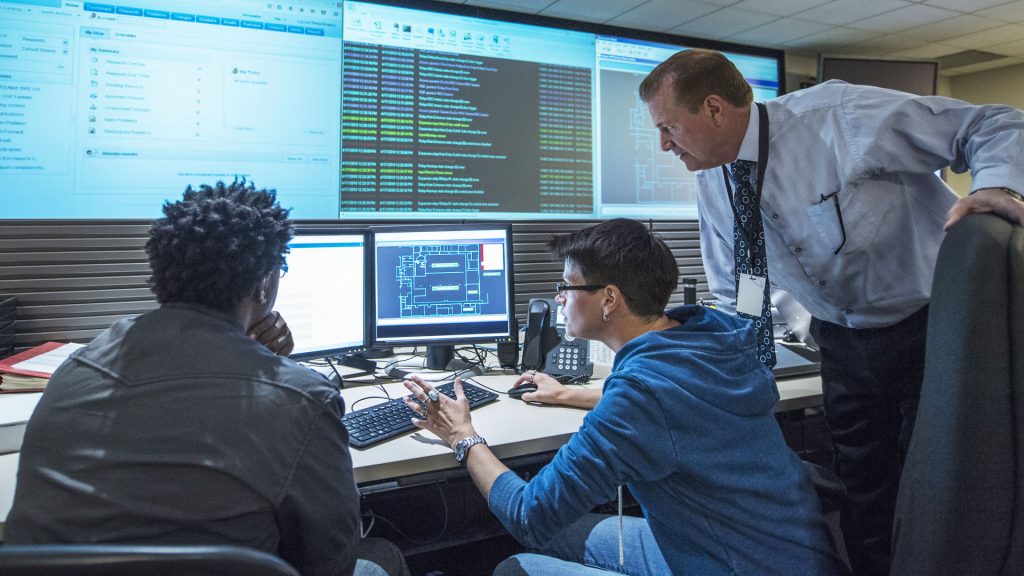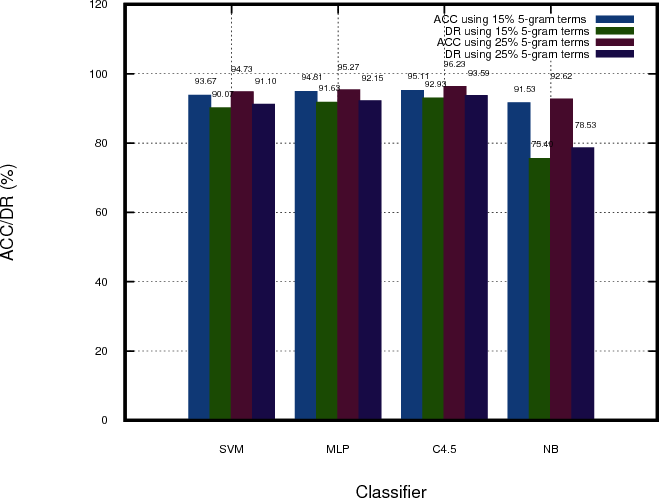Networking is one of the most important fields in the IT world and if you are trying to build a career in this area, you will need all the help that you can get. The certifications are a must for the professionals, and there is nothing better than obtaining a Cisco certificate as it will help you along every step. There are many exams for you to choose from, but here we will be shedding some light on the Certbolt Cisco 200-201 CBROPS exam.
Target Audience and Prerequisites

Anyone thinking about going for this exam needs to make sure that they have a good understanding of networking security concepts. It will also be a plus if a candidate has some prior experience in the field. Besides that, the target individuals are recommended to possess an understanding of Ethernet and Certbolt TCP/IP networking as well as Windows and Linux operating systems.
Exam Outline

The full name of the Cisco 200-201 exam is Understanding Cisco Cybersecurity Operations Fundamentals. The registration process for the test is done through the Pearson VUE platform and requires paying the fee of $300. The exam is delivered in the English language only and you will have to answer a total of 95 to 105 questions in 120 minutes. Some of the topics included in this certification test are as follows:
Security Concepts (20%)

Within this subject area, the candidates need to demonstrate that they are capable of contrasting rule-based detection versus behavioral & statistical detection; describing CIA triad; interpreting the 5-tuple approach to isolate a compromised host within a grouped set; contrasting security deployments; determining possible data loss from provided traffic profiles; describing security terms; determining the challenges of data visibility; contrasting the security concepts; describing terms as Cisco CCNA Exam ; describing the principles of the defense-in-depth strategy; contrasting access control models.
Security Monitoring (25%)
This topic measures the skills of the examinees in determining the certificate components in a certain scenario; contrasting attack surface and vulnerability; describing the effect of certificates on security; describing evasion and obfuscation methodologies; describing endpoint-based attacks; describing web application attacks; describing network attacks, among others.
Host-Based Analysis (20%)

This section focuses on such abilities of the test takers as interpreting the output report of a malware analysis tool; determining the components of an operating system; comparing tampered & untampered disk image; describing the role of attribution in investigation; determining the type of evidence utilized according to provided logs.
Network Intrusion Analysis (20%)

The students should be proficient in interpreting common artifact components from an event to identify an alert; mapping the provided events to source technologies; interpreting the fundamental regular expressions; determining core elements in an intrusion from a particular PCAP file; comparing inline traffic interrogation and taps or traffic monitoring; extracting files from a Certbolt TCP stream depending on given a PCAP file and Wireshark.
Security Policies and Procedures (15%)

The abilities evaluated within this domain include describing the relationship of SOC metrics to scope analysis; describing the management concepts; classifying intrusion events into categories as indicated by security models; describing the components within an incident response plan; determining protected data within a 200-201 CBROPS Exam ; implementing the incident handling process; determining the elements used for server profiling.
Conclusion
These were some of the most important things that you need to know about the Cisco 200-201 CBROPS exam. To pass this test, it is recommended that the candidates start the preparation process as early as possible. There are a lot of topics that should be covered, so they will need all the time that they can get. Don’t forget to use updated materials, such as video courses, practice tests, study guides, and exam dumps, to prepare with great deliberation.




